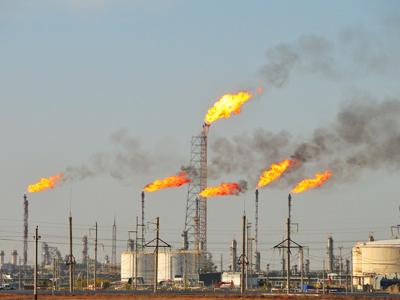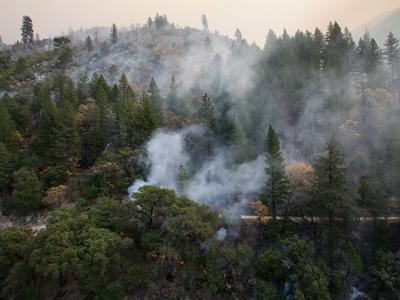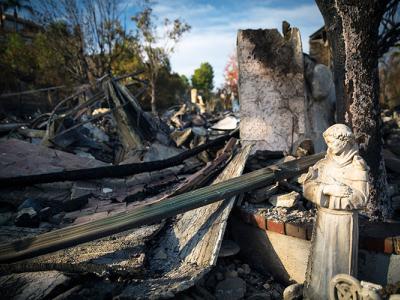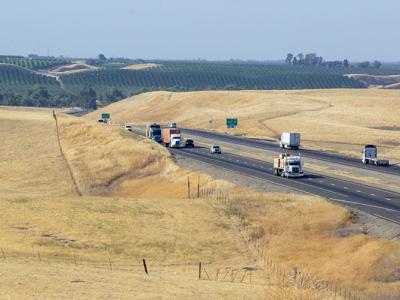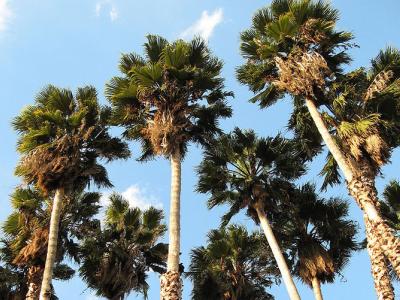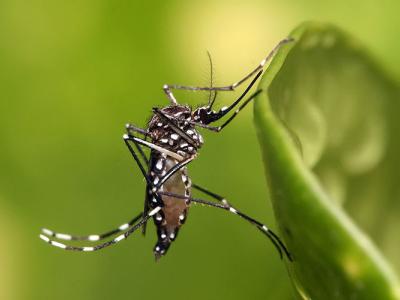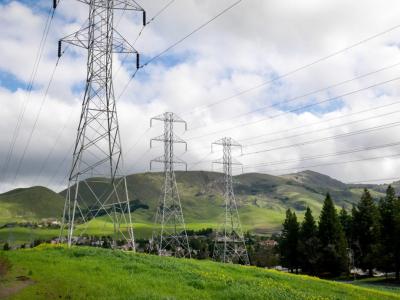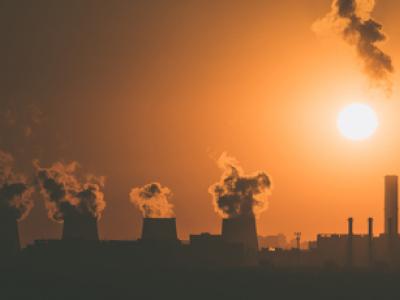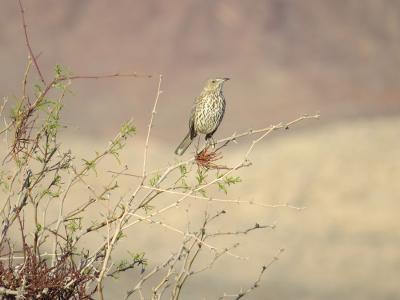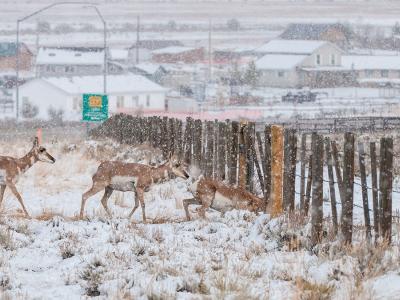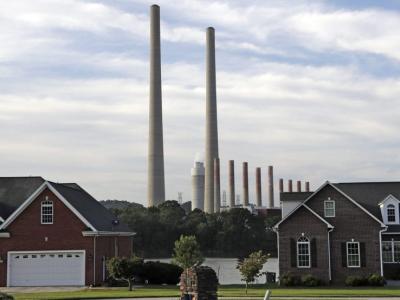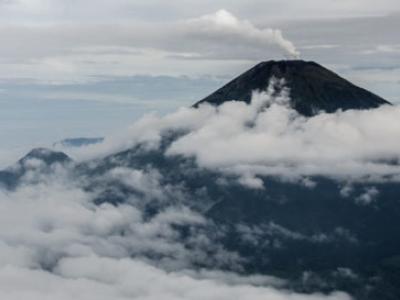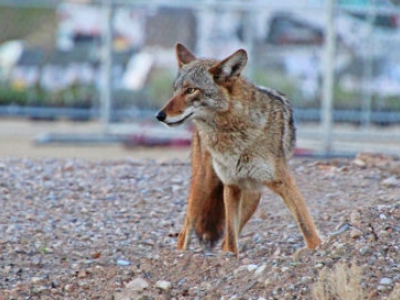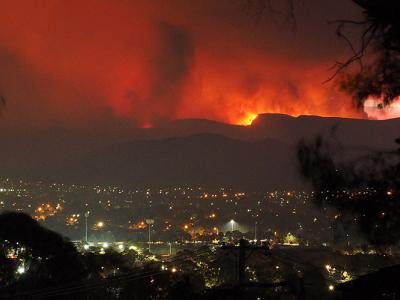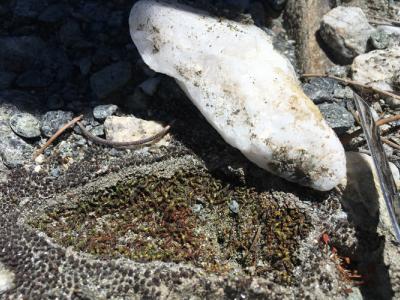In calculating the social cost of methane, equity matters
What is the cost of one ton of a greenhouse gas? When a climate-warming gas such as carbon dioxide or methane is emitted into the atmosphere, its impacts may be felt years and even decades into the future – in the form of rising sea levels, changes in agricultural productivity, or more extreme weather events, such as droughts, floods, and heat waves. Those impacts are quantified in a metric called the “social cost of carbon,” considered a vital tool for making sound and efficient climate policies.
Now a new study by a team including researchers from Lawrence Berkeley National Laboratory (Berkeley Lab) and UC Berkeley reports that the social cost of methane – a greenhouse gas that is 30 times as potent as carbon dioxide in its ability to trap heat – varies by as much as an order of magnitude between industrialized and developing regions of the world.

